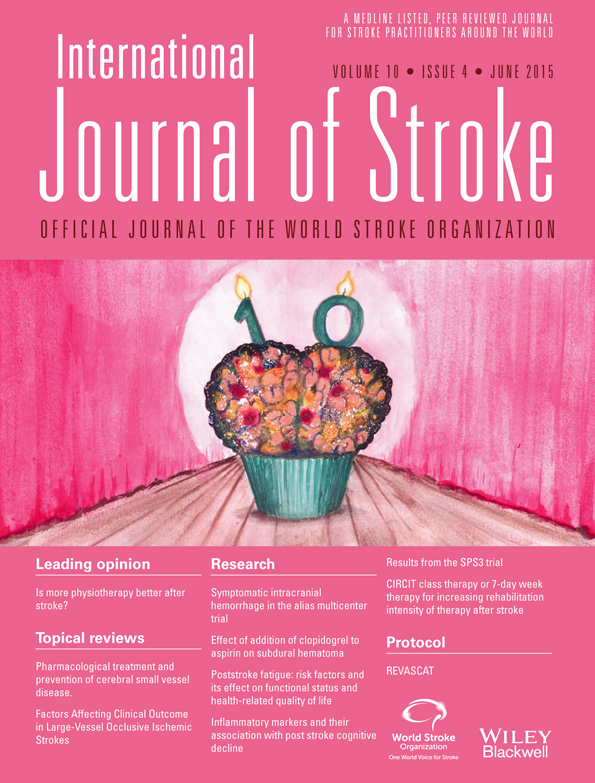The association of ankle-brachial index with silent cerebral small vessel disease: results of the Atahualpa Project
Abstract
Background
An abnormal ankle-brachial index has been associated with overt stroke and coronary heart disease, but little is known about its relationship with silent cerebral small vessel disease.
Aim
To assess the value of ankle-brachial index as a predictor of silent small vessel disease in an Ecuadorian geriatric population.
Methods
Stroke-free Atahualpa residents aged ≥60 years were identified during a door-to-door survey. Ankle-brachial index determinations and brain magnetic resonance imaging were performed in consented persons. Ankle-brachial index ≤0·9 and ≥1·4 were proxies of peripheral artery disease and noncompressible arteries, respectively. Using logistic regression models adjusted for age, gender, and cardiovascular health status, we evaluated the association between abnormal ankle-brachial index with silent lacunar infarcts, white matter hyperintensities, and cerebral microbleeds.
Results
Mean age of the 224 participants was 70 ± 8 years, 60% were women, and 80% had poor cardiovascular health status. Ankle-brachial index was ≤0·90 in 37 persons and ≥1·4 in 17. Magnetic resonance imaging showed lacunar infarcts in 27 cases, moderate-to-severe white matter hyperintensities in 47, and cerebral microbleeds in 26. Adjusted models showed association of lacunar infarcts with ankle-brachial index ≤ 0·90 (OR: 3·72, 95% CI: 1·35–10·27, P = 0·01) and with ankle-brachial index ≥ 1·4 (OR: 3·85, 95% CI: 1·06–14·03, P = 0·04). White matter hyperintensities were associated with ankle-brachial index ≤ 0·90 (P = 0·03) and ankle-brachial index ≥ 1·4 (P = 0·02) in univariate analyses. There was no association between ankle-brachial index groups and cerebral microbleeds.
Conclusions
In this population-based study conducted in rural Ecuador, apparently healthy individuals aged ≥60 years with ankle-brachial index values ≤0·90 and ≥1·4 are almost four times more likely to have a silent lacunar infarct. Ankle-brachial index screening might allow recognition of asymptomatic people who need further investigation and preventive therapy.




